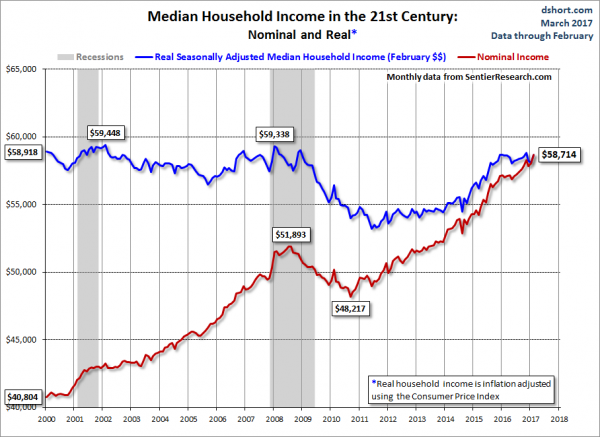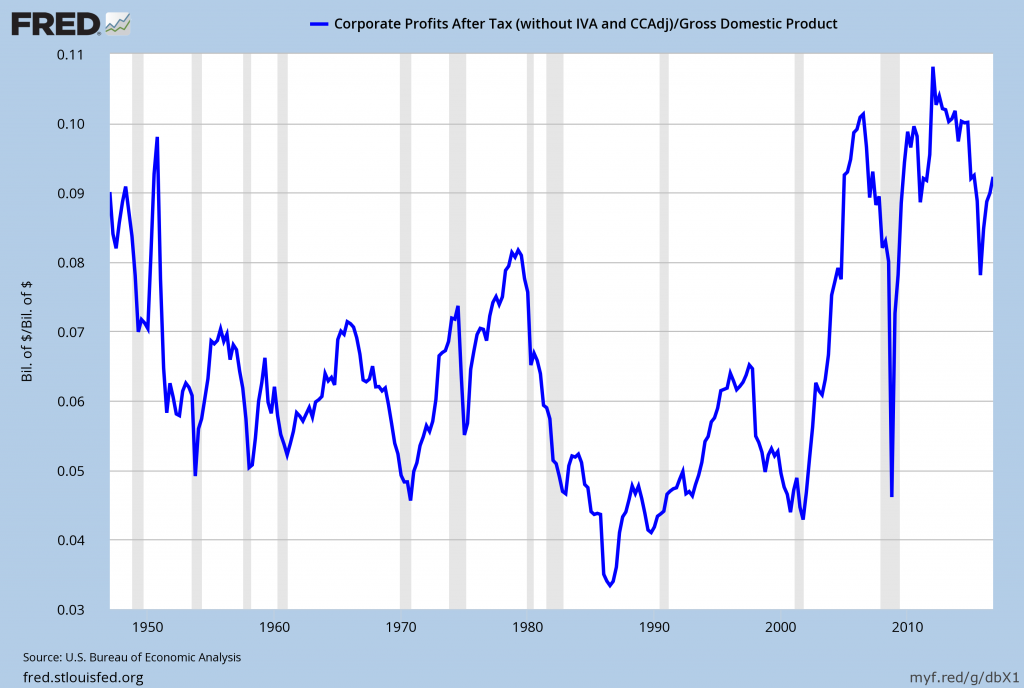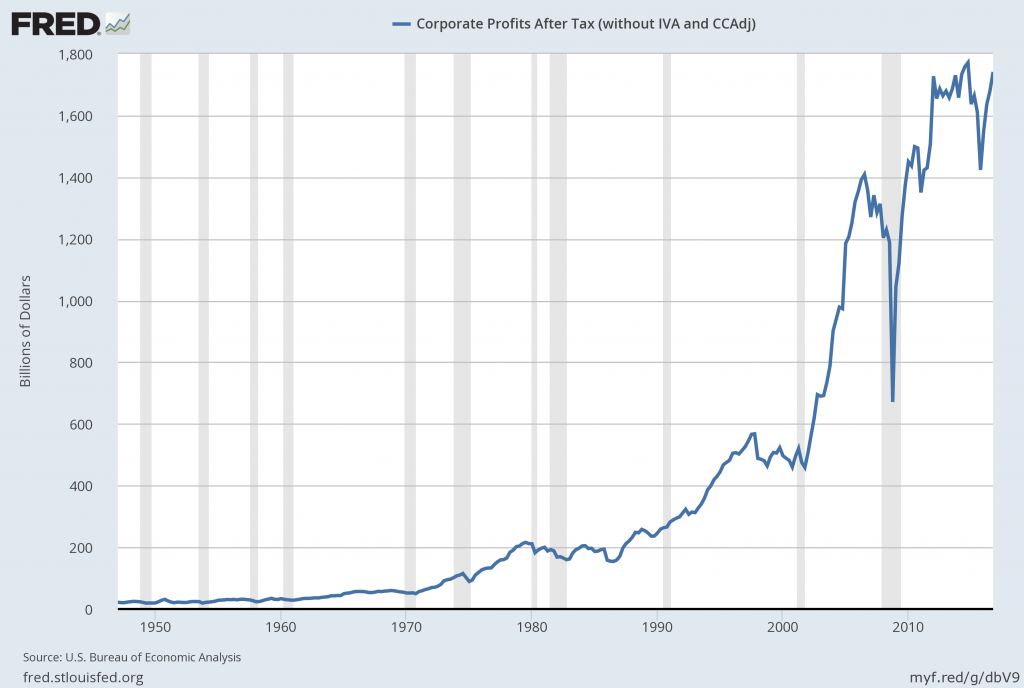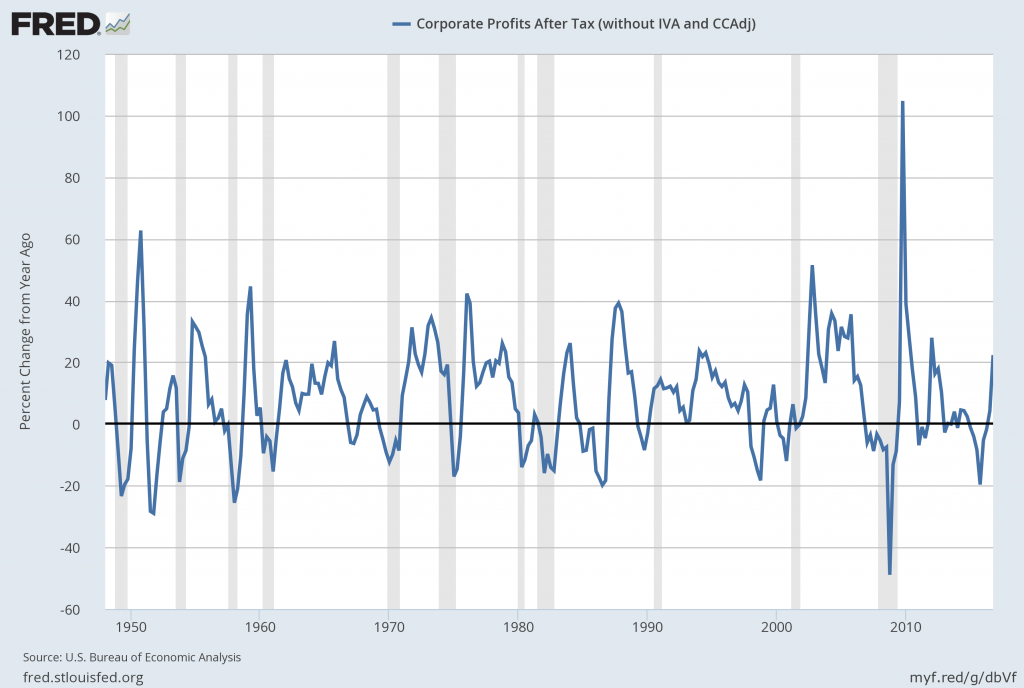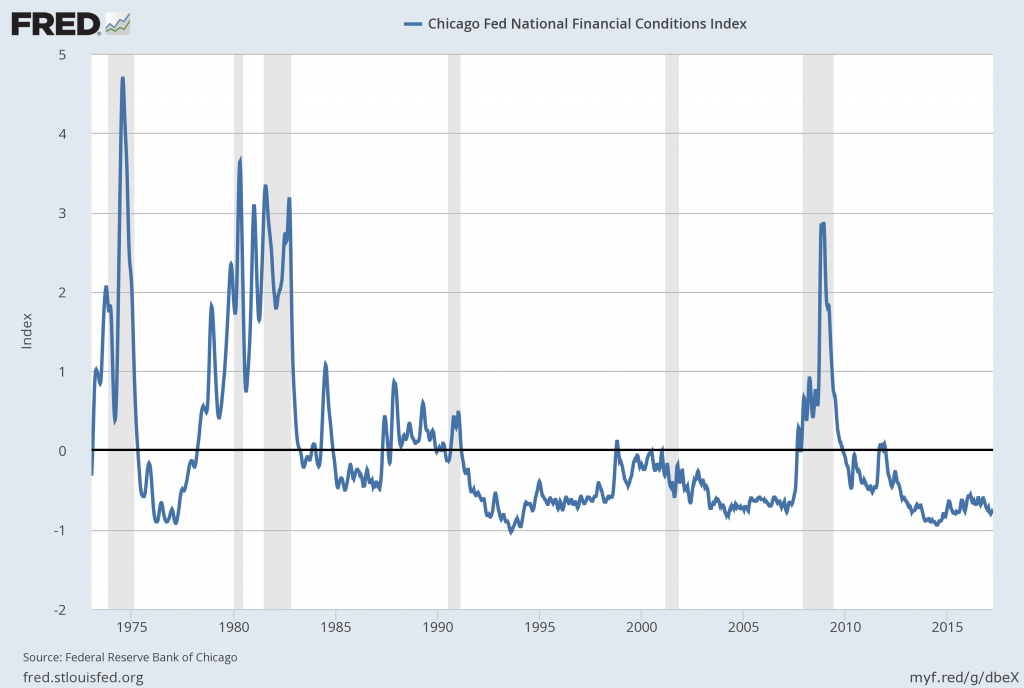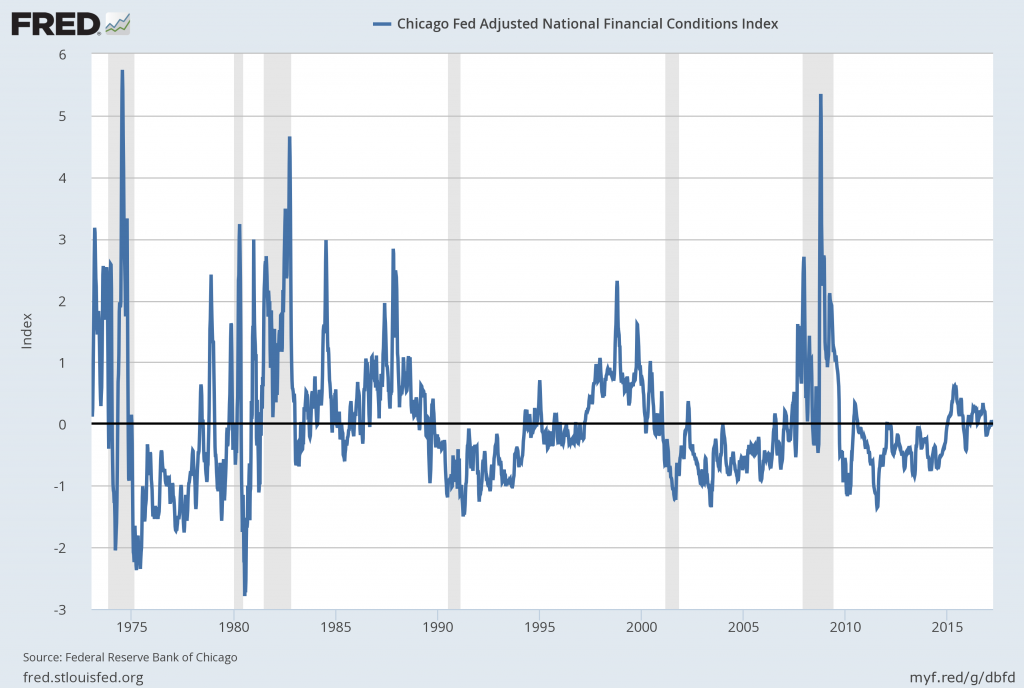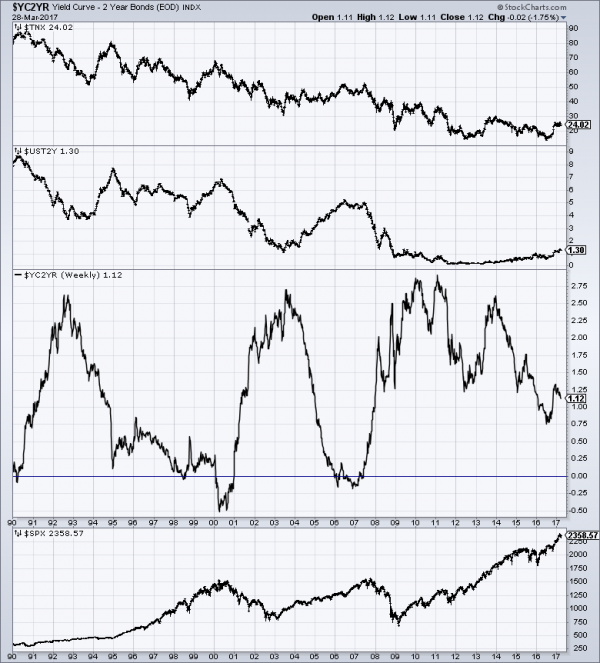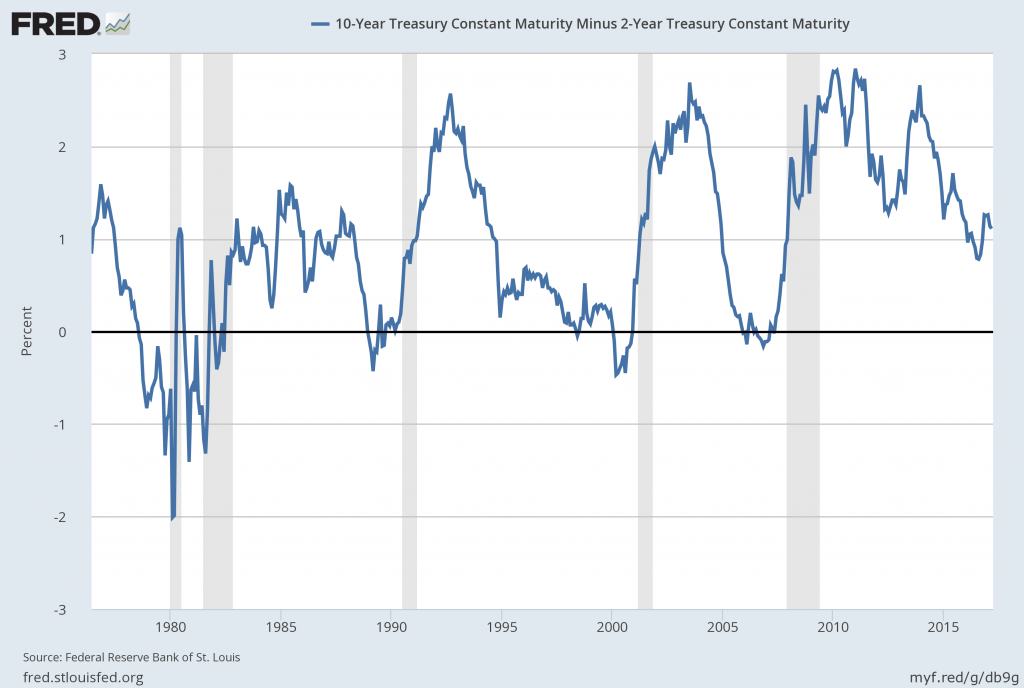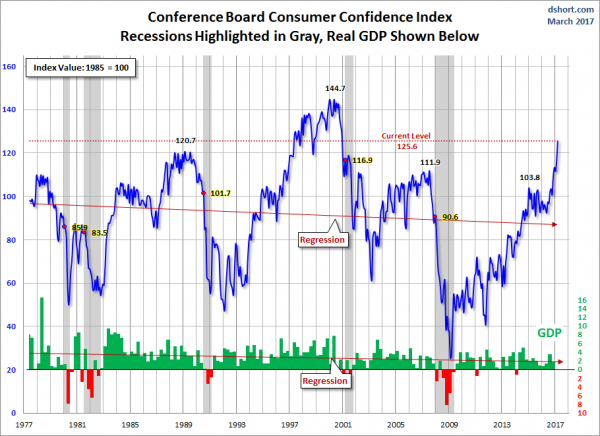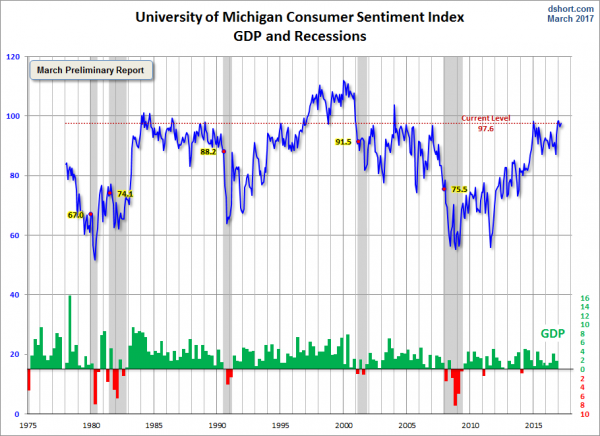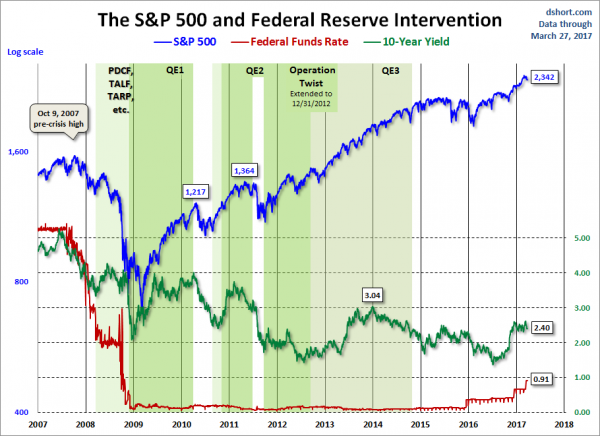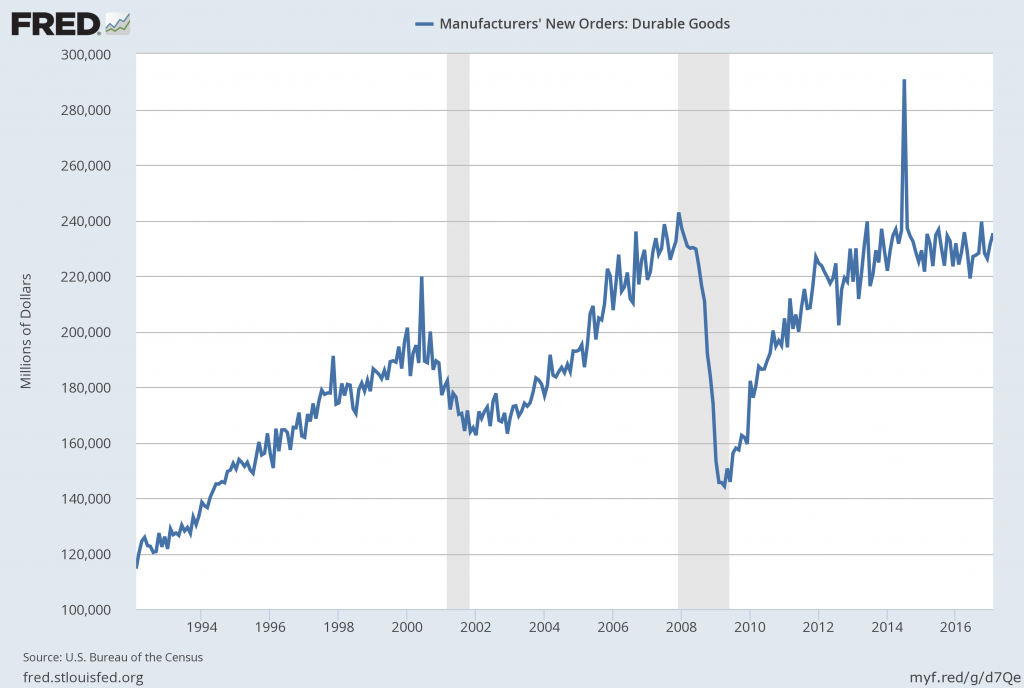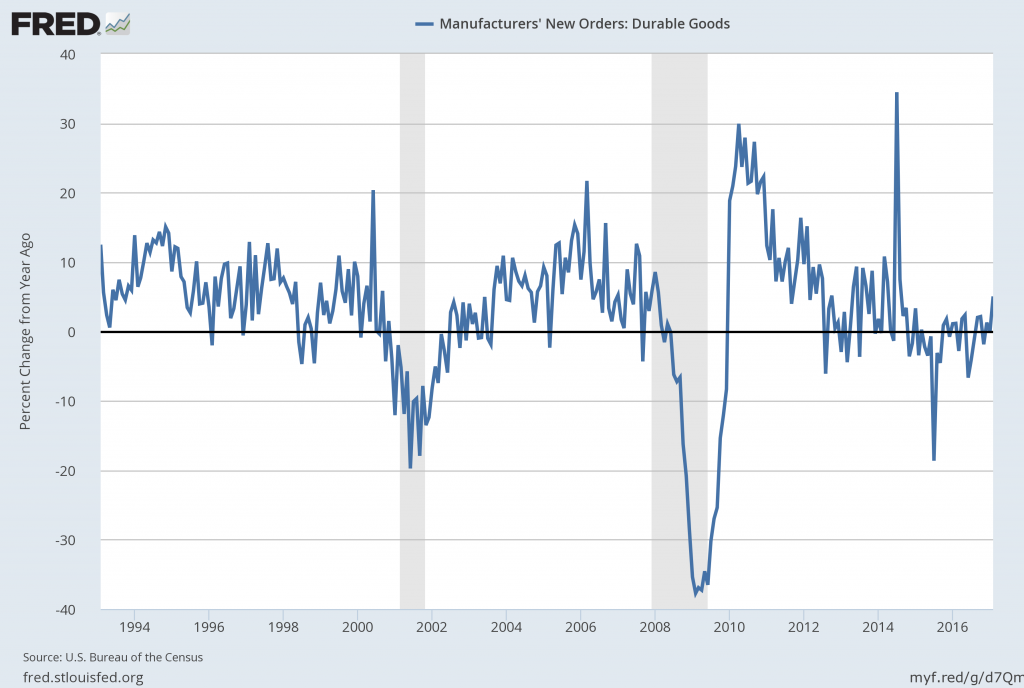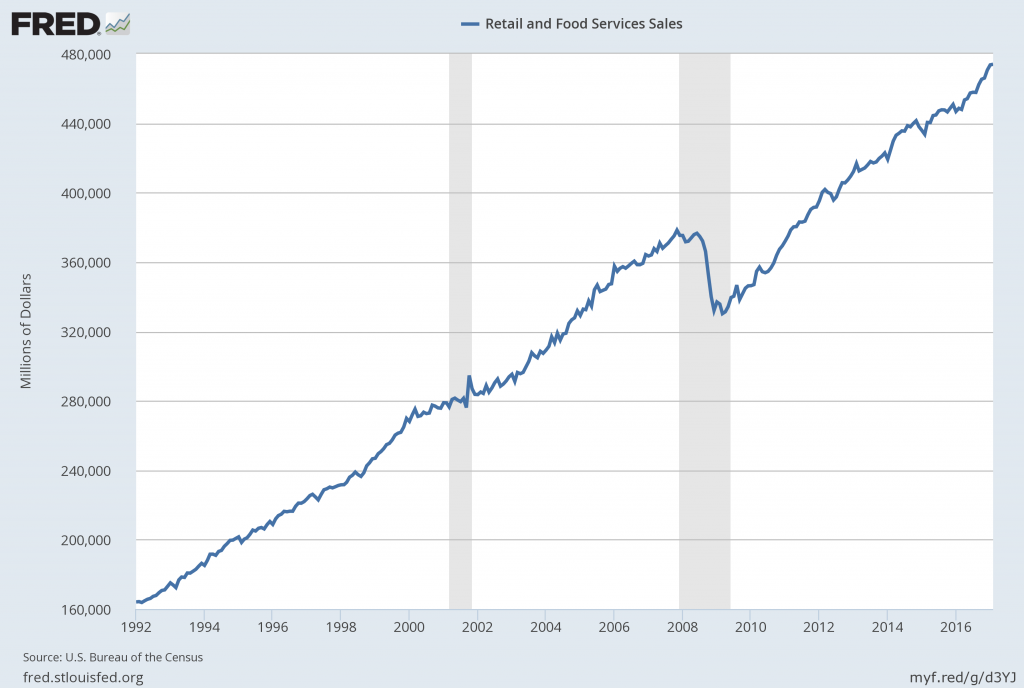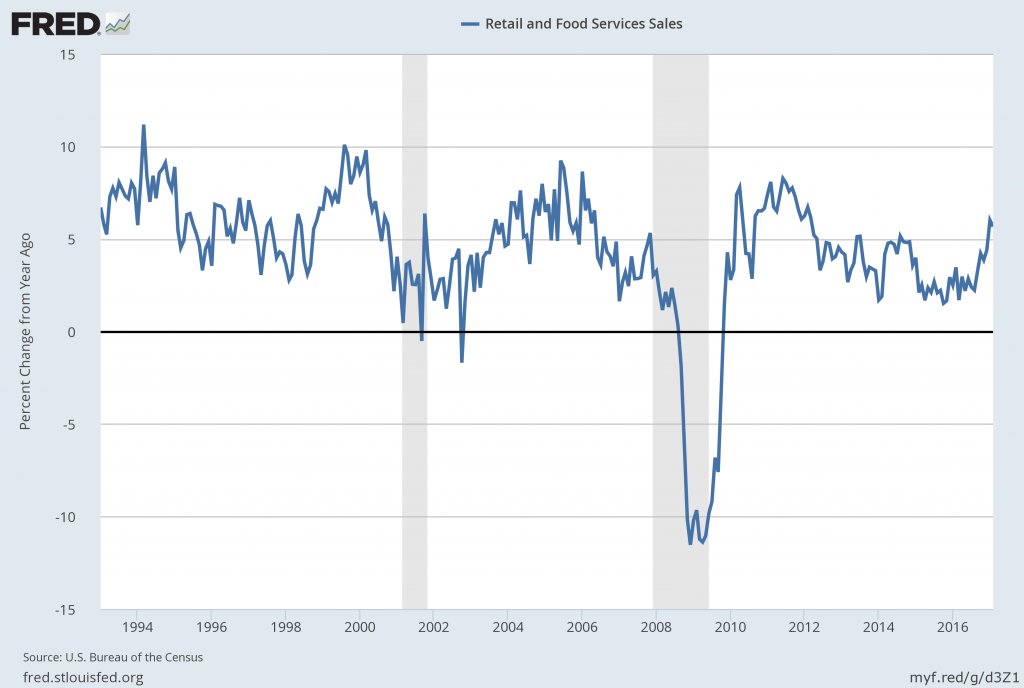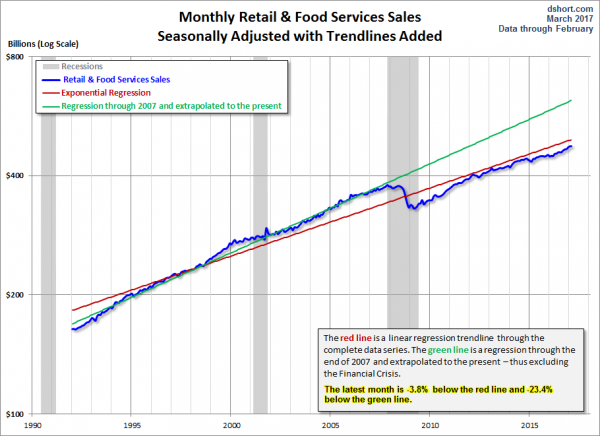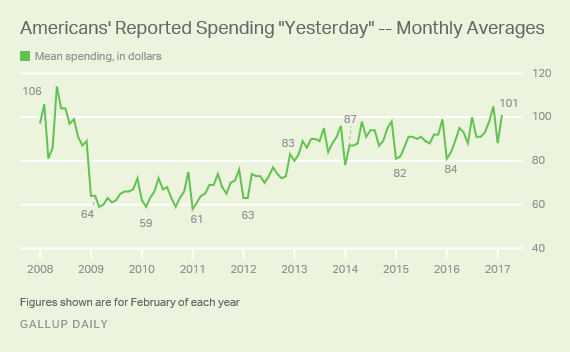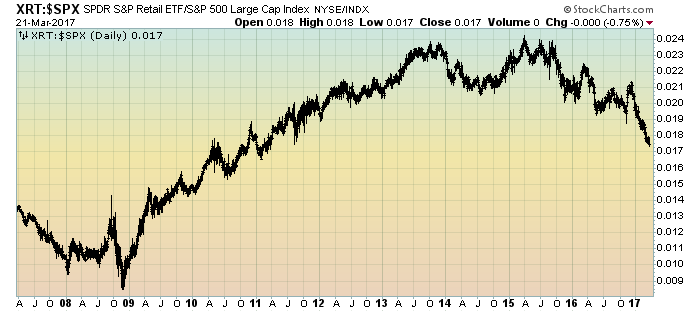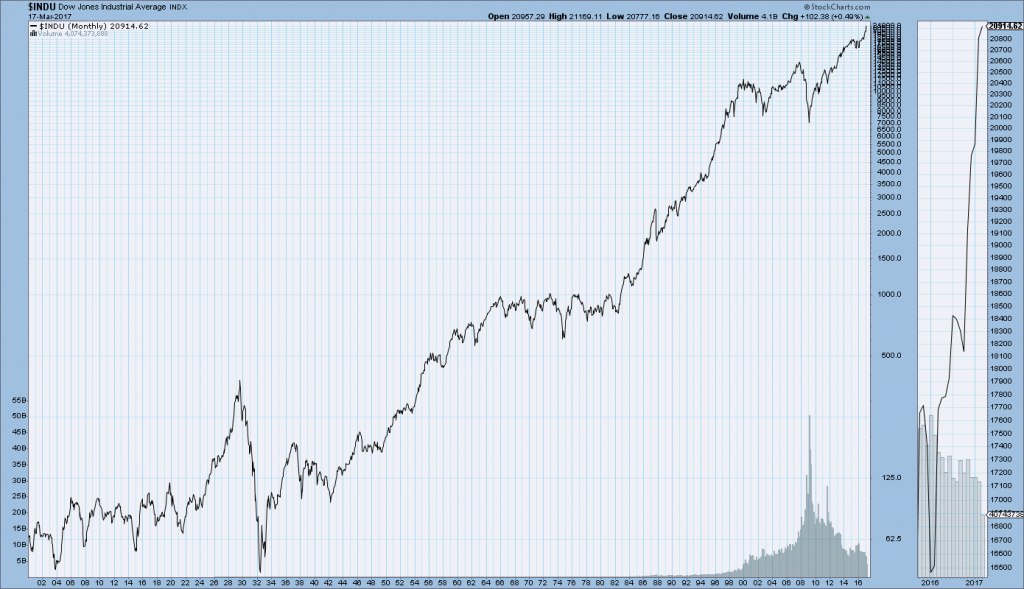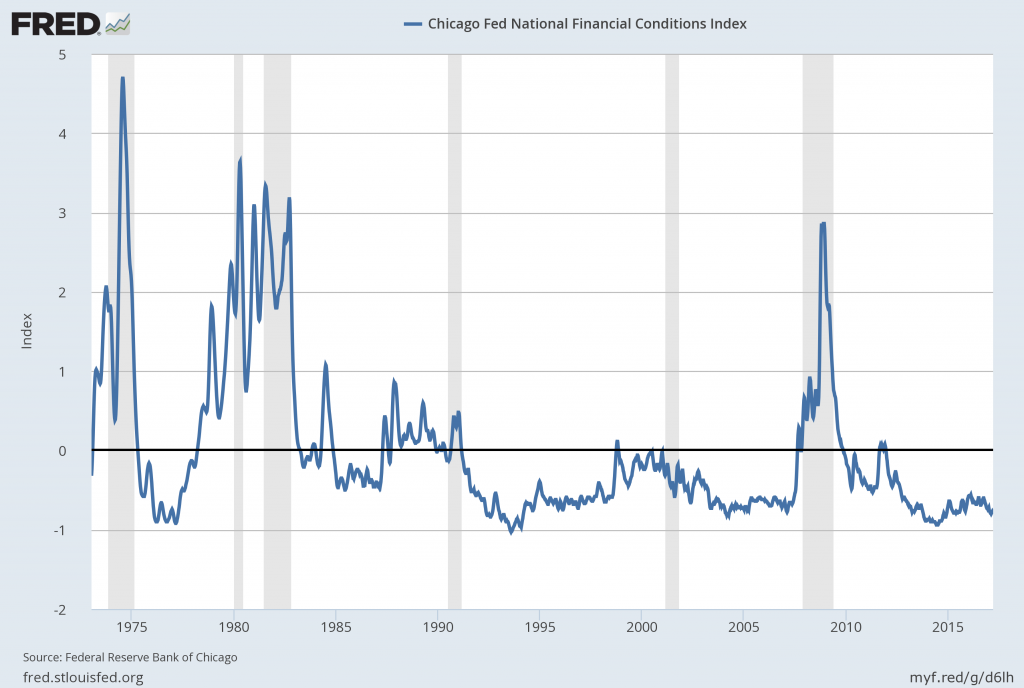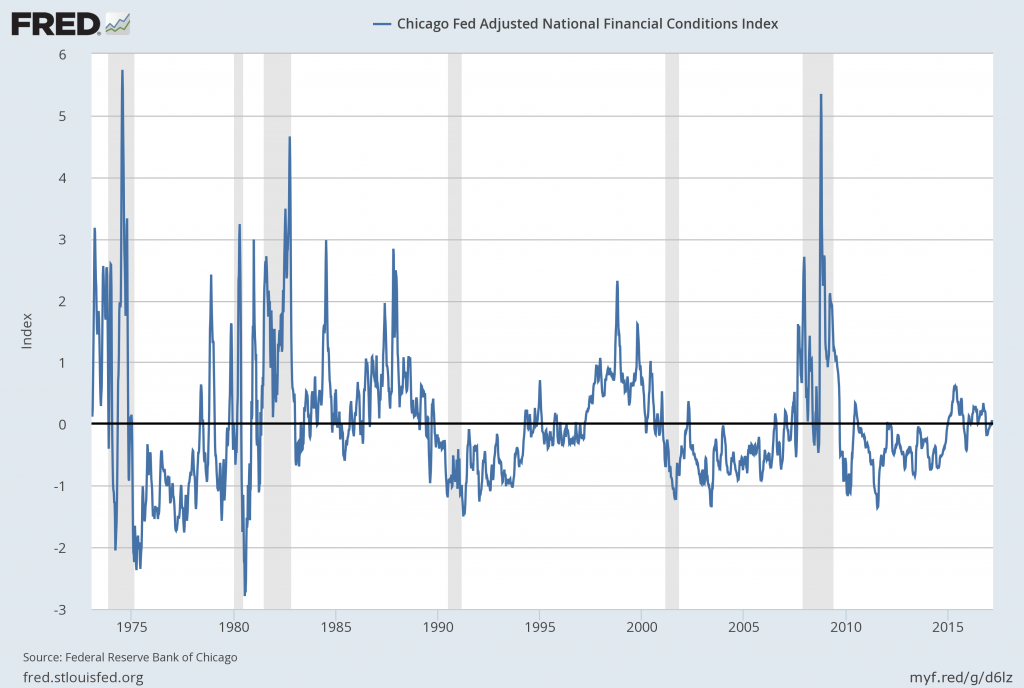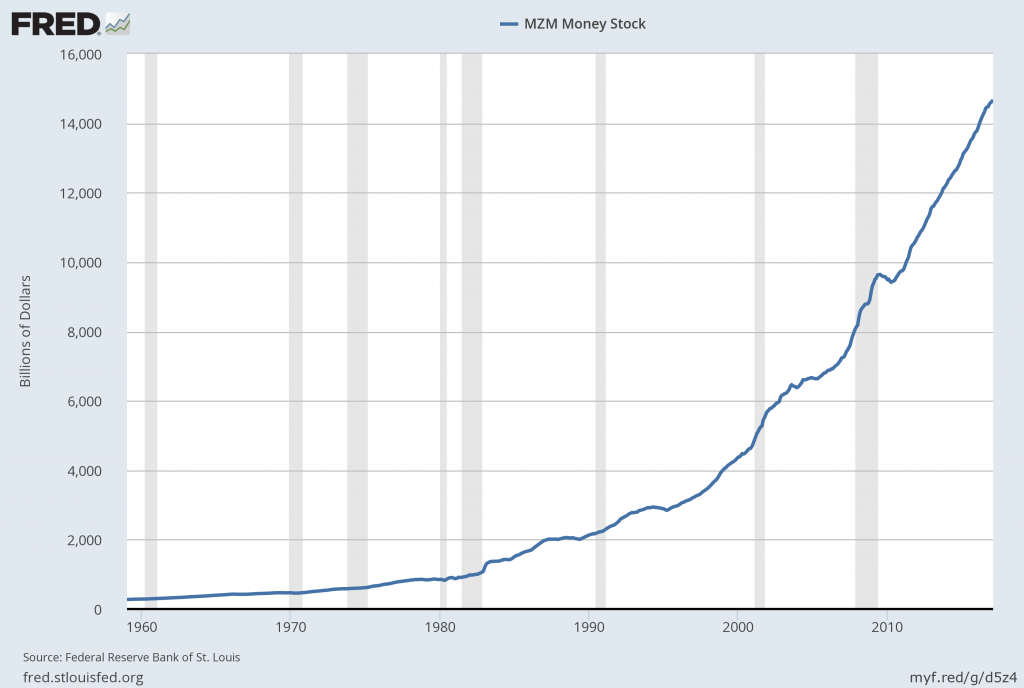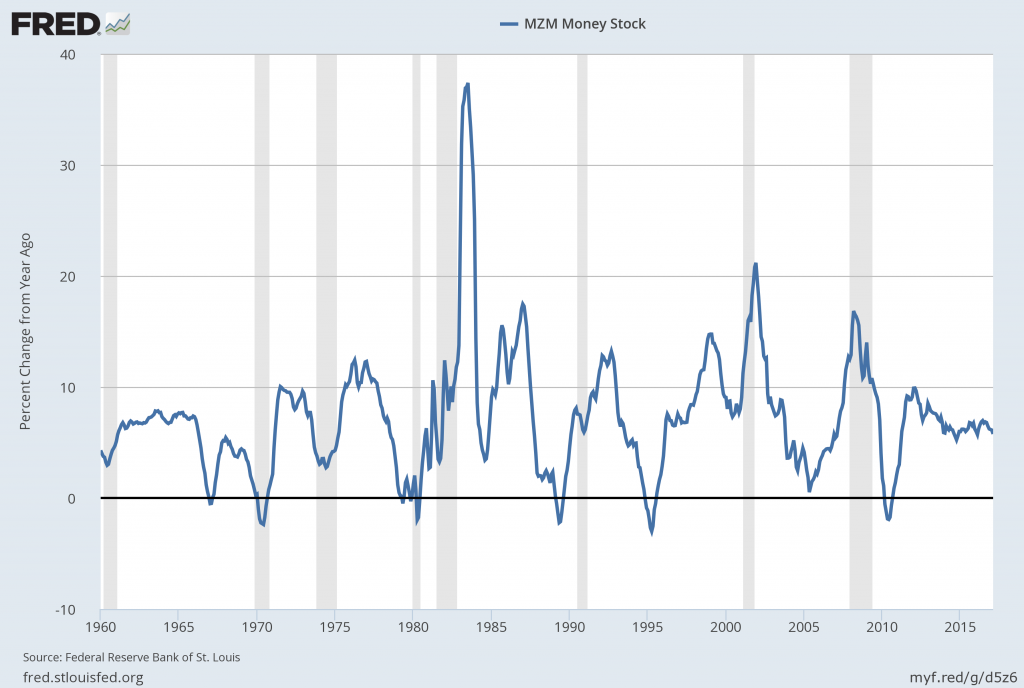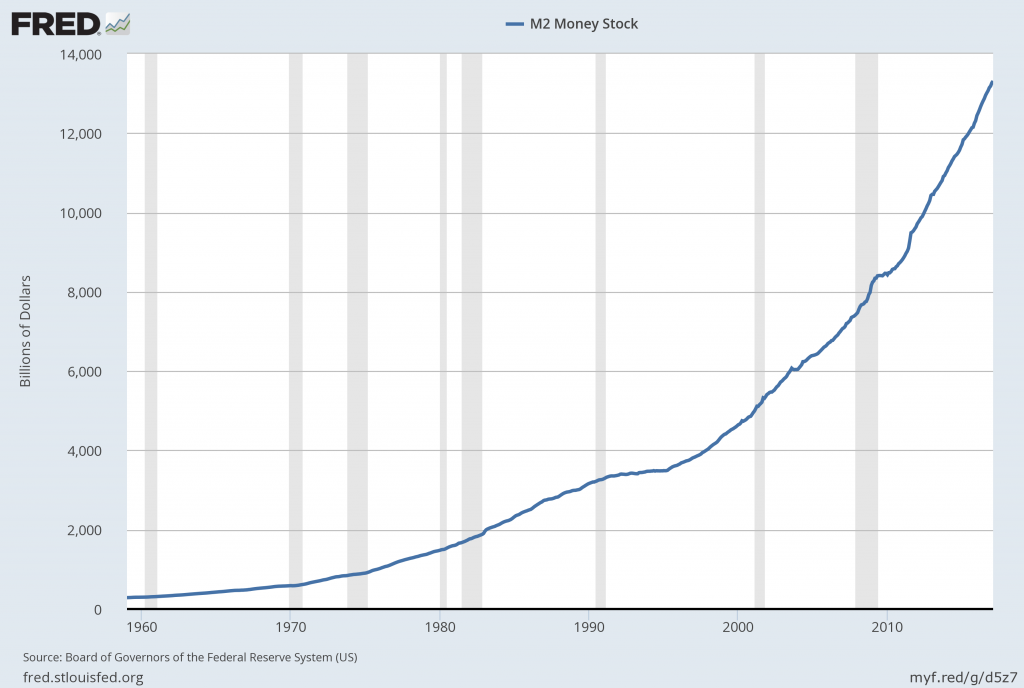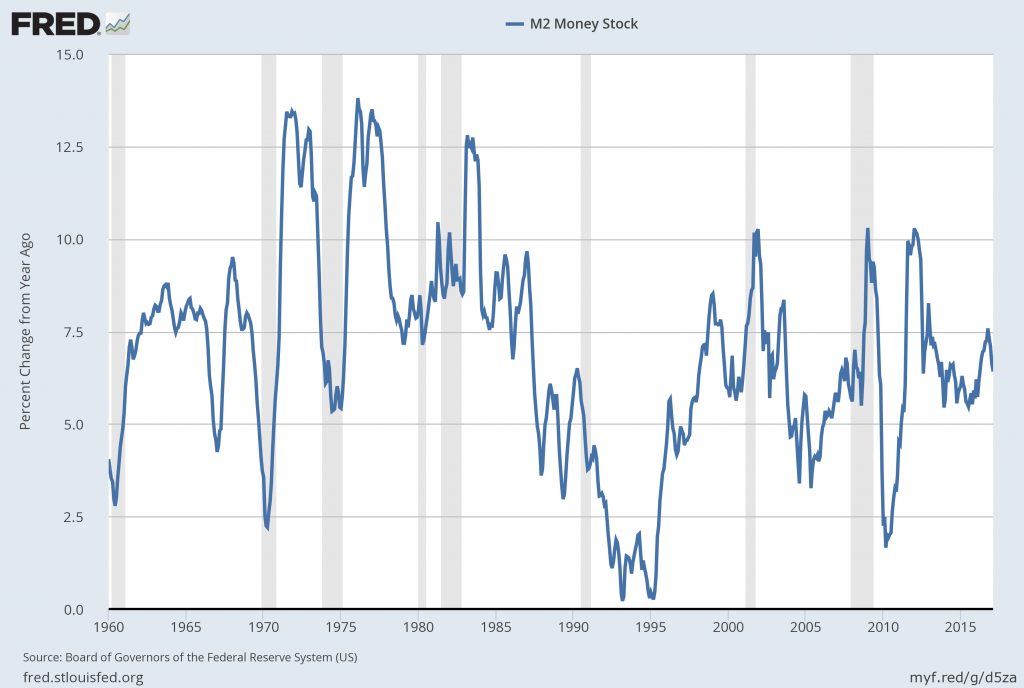Recently Deloitte released their “
CFO Signals” “High-Level Summary” report for the 1st Quarter of 2017.
As seen in page 2 of the report, there were 132 survey respondents. As stated: “Each quarter (since 2Q10), CFO Signals has tracked the thinking and actions of CFOs representing many of North America’s largest and most influential companies. All respondents are CFOs from the US, Canada, and Mexico, and the vast majority are from companies with more than $1 billion in annual revenue. For a summary of this quarter’s response demographics, please see the sidebars and charts on this page. For other information about participation and methodology, please contact nacfosurvey@deloitte.com."
Here are some of the excerpts that I found notable:
from page 3:
Perceptions
How do you regard the current/future status of the North American, Chinese, and European economies? Perceptions of the North American economy improved again, with 66% of CFOs rating current conditions as good (a four-year high) and 62% expecting better conditions in a year. Perceptions of Europe improved to 12% and 28%, while China rose to 20% and 19%. Page 6.
What is your perception of the capital markets? Eighty-one percent of CFOs say debt financing is attractive (up slightly from 79% last quarter), while attractiveness of equity financing held steady for public company CFOs (at about 40%) and rose for private company CFOs (from 29% to 38%). Eighty percent of CFOs now say US equities are overvalued—a new survey high. Page 7.
Sentiment
Compared to three months ago, how do you feel about the financial prospects for your company? Net optimism rose sharply from last quarter’s +23.4 to +50.0 (a survey high). About 60% of CFOs express rising optimism (up from 43%), and those citing declining optimism fell from 20% to 10%. Page 8.
Expectations
What is your company’s business focus for the next year? CFOs indicate a strong bias toward revenue growth over cost reduction (60% vs. 18%), and investing cash over returning it (59% vs. 15%). They shifted to a bias toward new offerings over existing ones (42% vs. 38%), and markedly increased their bias toward current geographies over new ones (67% vs. 13%). Page 9.
Compared to the past 12 months, how do you expect your key operating metrics to change over the next 12 months? Revenue growth expectations rose from 3.7% to 4.3% and are slightly above their two-year average. Earnings growth rose to 7.3%, up from 6.4% and also above the two-year average. Capital spending growth skyrocketed from 3.6% to 10.5% (the highest level in almost five years). Domestic hiring growth rose from 1.3% to 2.1%. Page 10.
from page 8:
Sentiment
Net optimism—already fairly strong since 2Q16—rose sharply to a new survey high amid overwhelmingly positive sentiment among US CFOs.
This quarter’s net optimism spiked to a survey high +50. Nearly 60% of CFOs expressed rising optimism (up from 43% last quarter), and about 10% cited declining optimism (down from 20%).
Net optimism for the US rose sharply from last quarter’s already-strong +34 to +58 this quarter. Canada rose from +7 to +40, while optimism in Mexico slid from -64 to -71.
Healthcare/Pharma and Energy/Resources CFOs were among the most optimistic last quarter, but are among the least optimistic this quarter (joined by Retail/Wholesale). Financial Services CFOs were among the least optimistic last quarter, but are among the most optimistic this quarter, joined by Technology and Telecom/Media/Entertainment (T/M/E).
from page 10:
Expectations
All key growth metrics rose this quarter, with capital spending skyrocketing; the outlook for Healthcare/Pharma declined markedly, but the outlook for Manufacturing and Energy/Resources improved.
Revenue growth expectations rose to 4.3% and are slightly above their two-year average. US expectations rebounded from last quarter’s dismal level, while Mexico fell to a two-year low. Energy/Resources is near its two-year high, and Healthcare/Pharma fell to its survey low.
Earnings growth expectations of 7.3% are up significantly from last quarter and above their two-year average. The US improved, but Mexico declined again. Manufacturing is highest, hitting its highest level in two years; Healthcare/Pharma fell to its lowest level in more than three years.
Capital investment growth expectations of 10.5% are up drastically from last quarter and sit at their highest level in nearly five years. All countries improved significantly from last quarter. Manufacturing and Energy/Resources rose sharply, with both near their survey highs.
Domestic hiring growth rose from last quarter’s weak showing of 1.3% to 2.1% and is at its second-highest level in nearly two years. Canada is low, but up from last quarter. Manufacturing sits at a two-year high, but is lowest of the industries (despite strength in other metrics).
–
Among the various charts and graphics in the report are graphics depicting trends in “Own Company Optimism” on page 8 and “Economic Optimism” found on page 6.
_____
I post various business and economic surveys because I believe they should be carefully monitored. However, as those familiar with this blog are aware, I do not necessarily agree with many of the consensus estimates and much of the commentary in these surveys.
_____
The Special Note summarizes my overall thoughts about our economic situation
SPX at 2352.66. as this post is written
